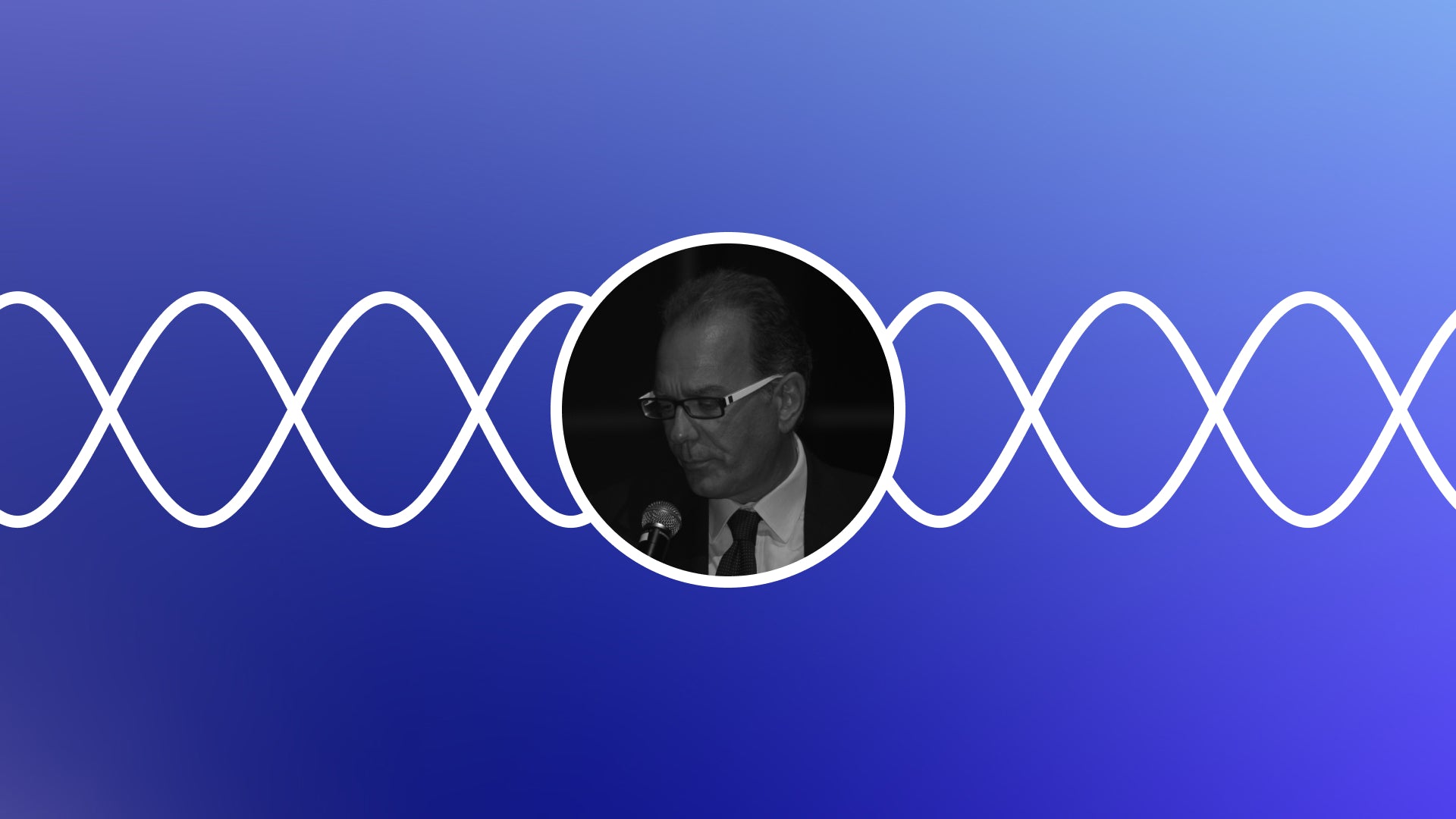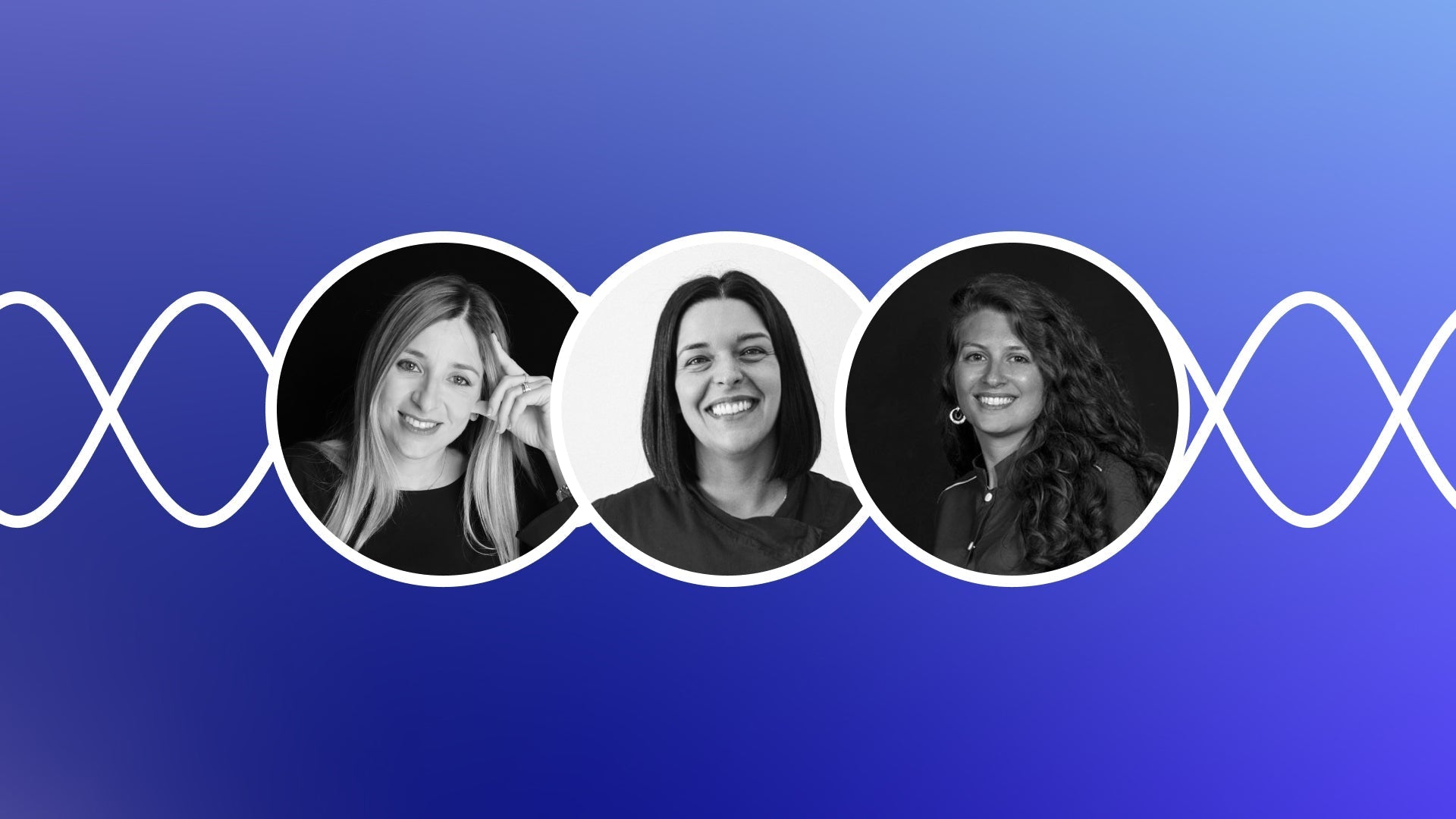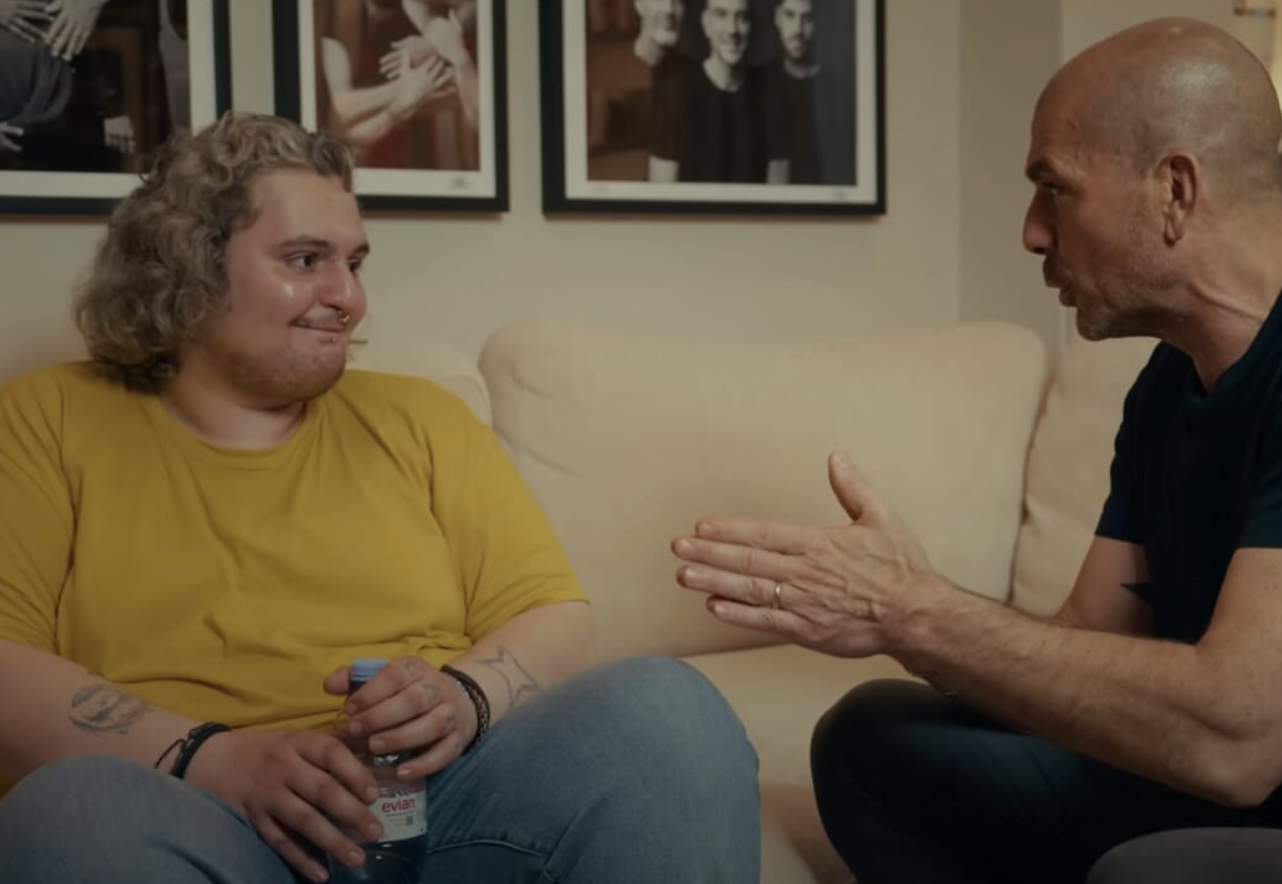“ Doing the math, I can say that in the professional life of a dentist, and calculating this professional life as around 40 years, one will certainly encounter at least two requests for compensation for damages .”
Thus begins the new episode of episode of Dentechstry , the Podcast of dental innovation, promoted by IDI Evolution , and the one speaking is Dr. Marco Scarpelli esteemed forensic odontologist and currently president of ProOF (Forensic Odontology Project), the association of dentists specializing in forensic odontology.
Professor Scarpelli, who after explaining who he is, what he does, and how a forensic odontologist is trained, reassured his fellow dentists: " Fortunately, despite many people thinking exactly the opposite because they are poorly informed, litigation numbers are significantly improving, at least in dentistry. The Association of which I am a member and director (ANDI, editor's note) has a collective policy, with approximately 15,000 members, and manages claims in the range of 450-500 per year. but with at least a third of these going unresolved . So, in reality, in a lifetime it is now plausible to say that one can manage, or personally intervene in, only one accident ."
To prevent litigation the council Dr. Scarpelli's goal is to talk to the patient, clarify and always explain everything. " Whatever happens in the dentist's office, even if it's negative, –says Dr. Scarpelli- must be the subject of complete information for the patient. I could say, or rather I want to say, that the vast majority of disputes arise, more than anything, from a lack of communication than by the emergence of a problem. A patient, even with a serious problem, cared for by a dentist is a patient who is aware, who is aware, and who can therefore assess the problem. And therefore, he is less anxious and, above all, loyal, and often maintains an open relationship with his colleague .
And on As for how one should communicate with one's patient , the ProOF president advises: “ Communication must not be a one-way communication, that is, doctor-patient, but it must be a two-way communication, and therefore not even doctor-patient but first of all patient-doctor: “What do you want from me? Why did you come to me?” Once the patient has informed the doctor precisely, who must therefore learn not only to speak but also to listen, he can explain and from that moment a dialogue must begin ”.
To simplify communication, prevent disputes, but also in the event of a complaint to be able to demonstrate that the correct action was taken, New technologies are of great help . Often, the dentist is remembered He loses the case only because he was unable to present the documents, the pre- and post-operative data .
Through the possibilities made available by digital technology, the dentist can archive and catalogue all the necessary information and easily find it when needed, recalls Dr. Scarpelli, citing for example: Alfred by IDI Evolution .
“ The 'Alfred' Question –continues Scarpelli- It's still a bit beyond that because it's not just a communication issue but also a management issue of clinical activity, through mechanisms of constant mutual control and also through mechanisms that are functional with respect to the clinical act. So we're moving from the communication-information-consent theme to an even broader one: communication-information-consent. but also control of clinical activity ".
" I participated, together with my colleague Roberto Cristofanini, in the development of this project, which is nothing more than a sort of tool that allows us to perform a check using a series of data. If the total scores of the data do not reach a minimum threshold (out of a maximum of 100), it warns and triggers an alert, providing information and highlighting the problem. Obviously, all of this is based on very schematic methodological criteria, but it's the only way to achieve systematic monitoring. And naturally, systematic monitoring must be constantly verified ."
Listen to the fourth episode of the DENTECHSTRY podcast on Spotify , Apple Music , and Amazon Music .




Share: